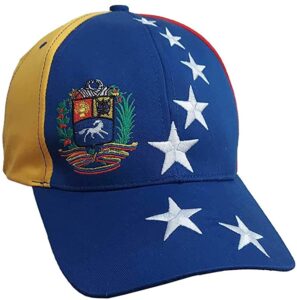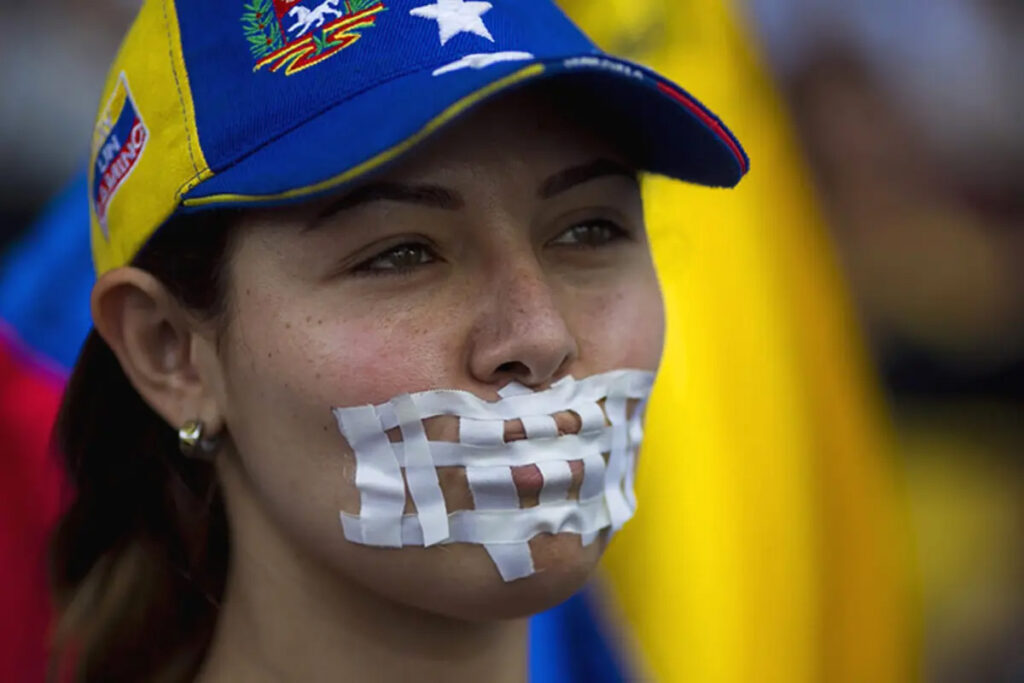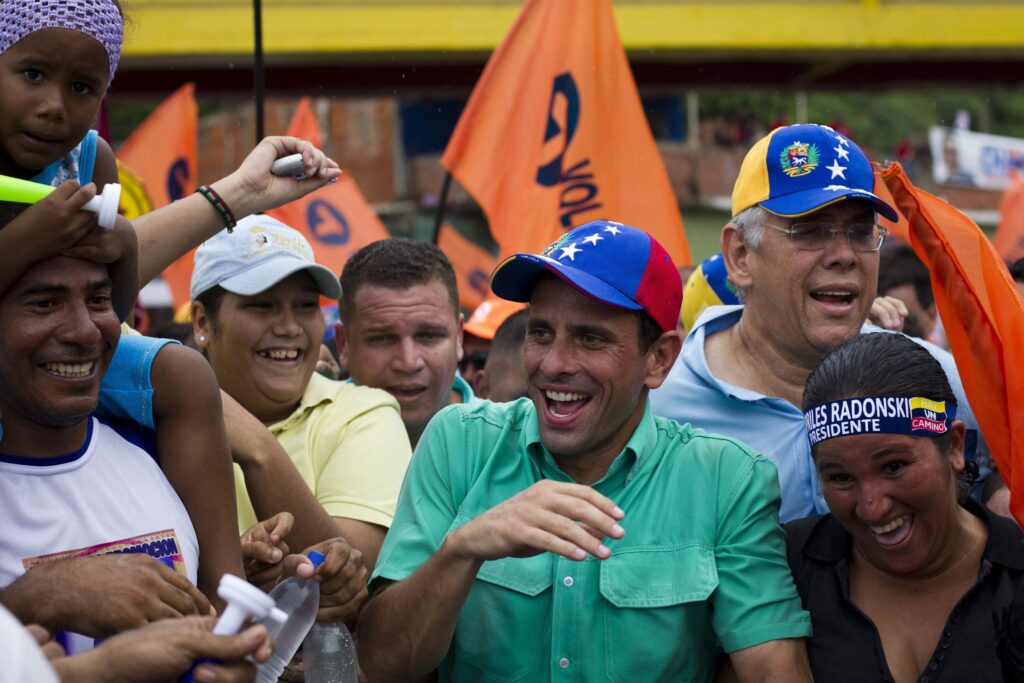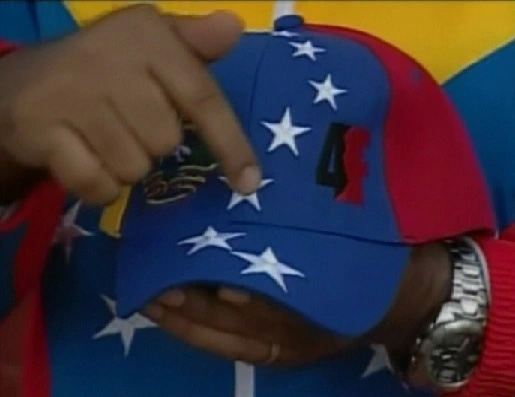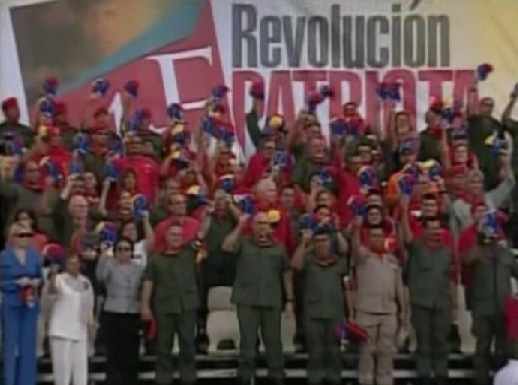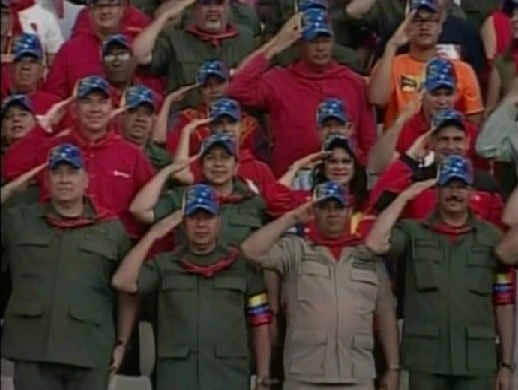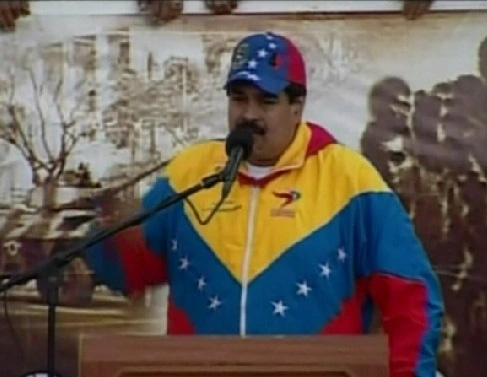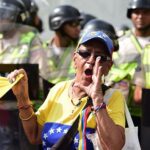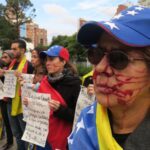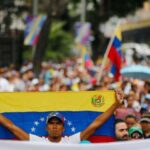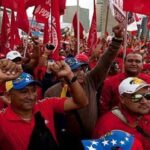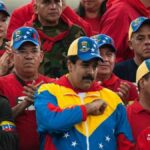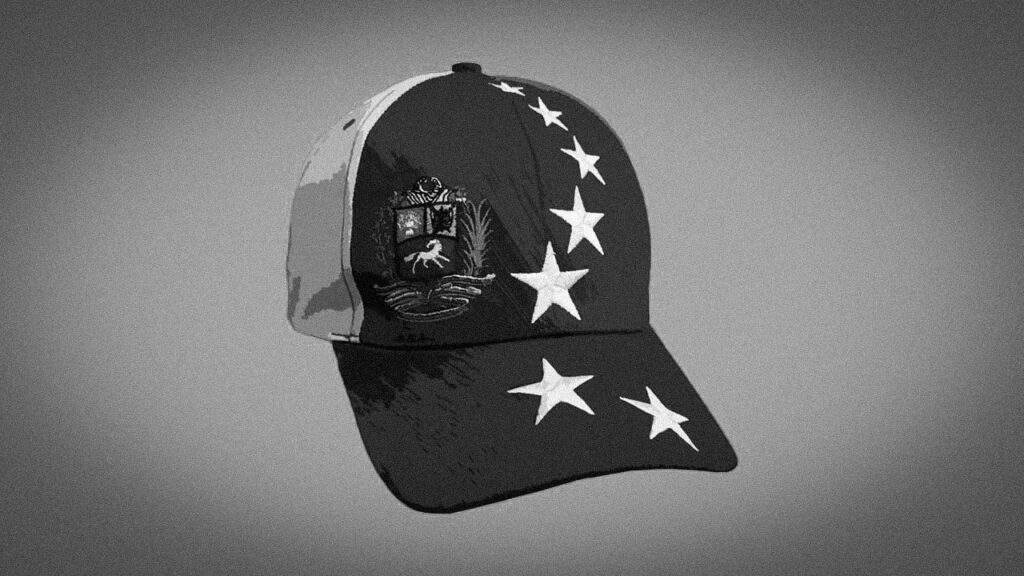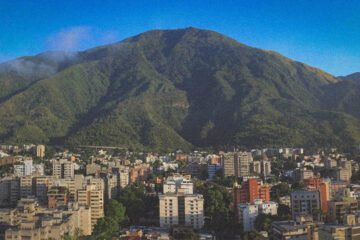Imagery and symbols are extremely powerful. In just one glimpse, a simple logo or catchphrase can express a thousand things at once. The simplest designs are capable of evoking entire complex ideas, and when combined with apparel well, you can greatly amplify their reach.
Hats are a particularly effective medium to transmit symbols. You can plaster a logo on it and bam, a sports team has instant revenue among its fans. Put a catchphrase on it, and you can convey and spread an entire political movement. Venezuela, much like every other country in the world, has its large share of political tales and anecdotes, some tragic, some comedic, and some with a little bit of everything.
This ongoing tale has left us with many symbols, slogans, chants, jingles, and catchphrases, many of which have long lost their erstwhile power, and are thus no longer part of the day-to-day nuances of Venezuela’s political discourse, even though some of them are still deeply carved on my memories.
Today, I wanna talk about one of the most renowned symbols of the Venezuelan opposition: The now fading Tricolor Hat.
The hat represented many things for many people: A political campaign, a glimpse of hope, of the struggle against an authoritarian regime, of the protests, of those that fought and died, and yes, many used it as a fashion statement and a source of resale revenue. Every single hope and dream of those not aligned with the socialist revolution could at one point be illustrated by this hat, if you will — yet, no political symbol in Venezuela’s recent history has suffered a fate more ill as this hat.
This simple piece of apparel features a stylized version of our national flag, and it was at one point so powerful that the socialist regime even tried to co-opt it. Unfortunately, and especially after everything that has occurred from 2017 onwards, this hat is, in my personal opinion, an accursed item. Nowadays, it represents the failure of the opposition politicians that, at many points throughout the past decade, had the full faith of its sympathizers, only to squander it all in favor of a perverse status quo.
The original design featured the seven-star design of our flag instead of the eight-star one. For those that do not know, the revolution updated our flag and coat of arms in 2006 to add an extra star to our flag (long story) and to slightly alter the white horse in our coat of arms, making it so that instead of having it gallop towards the right (but looking towards the left) the horse now gallops and looks straight towards the left — it is as blatantly obvious of a symbolism as you think it is.
Since then, the old seven star design has been associated with the opposition. Variations of the hat with eight stars and the new coat of arms began to be manufactured at some point without ever fully replacing the original design.
If you were to ask me where the hat came from, I could not give you an honest answer. One day I looked away, then I looked back, and there it was, having instantly become the symbol of the opposition’s rallies, and one of the cornerstone pillars of opposition figurehead Henrique Capriles Radonsky’s failed 2012 (and 2013) presidential campaign.
Pragmatically speaking, the opposition needed some form of symbolism to counter Hugo Chavez’s strong popularity at the time. Here’s the thing, while the country had started to feel the effects of its inexorable collapse, such as toilet paper shortages, Chavez was still quite popular, and there was one fact going on that the opposition had no way to hard-counter: His cancer.
The Revolution knew how to weaponize Chavez’s fight against cancer, and his ‘renewed’ faith in Christ as well. The hat came in a most opportune time for the opposition, but a single hat could not carry an entire campaign.
Even though the hat was that, just a hat, the revolution did try to find ways to nullify its symbolic power in the best way they do things, through legal technicalities. At the time, they had the National Electoral Council deem it illegal because there is a clause that states that the nation’s symbols cannot be used as part of campaigns — and the hat featured our national flag and coat of arms.
This kind of backfired on them, and the outrage just made the hat even more popular among the opposition, so they did not seek to further enforce this.
The hat does precede the 2012 presidential campaign though, but as its whole popularity was intrinsically tied to the opposition movement, it was considered taboo to wear among regime officials at the time — that much I can attest to.
Long story short: Chavez won in October 2012 but died a couple months later, automatically forcing a new election in April of 2013. Before he died, and on his last public broadcast, Chavez told his sympathizers that should something happen to him then they must vote for Maduro — think of this broadcast as a final farewell and final instruction set to his electorate.
After he died, the socialist party did exactly that, and submitted Maduro as their presidential candidate. Capriles was once again the opposition candidate, and the hat continued to be part of the center stage.
The socialist party never really got over their burrhurt over the tricolor har and its reach. This time around though, they were prepared to seize ownership of it.
How you may ask? Simple, by making a new version of it, along with a complete story that would retroactively give ownership of the hat to that side of the political fence.
Their ‘design’ was just the eight-star variant of the hat with a new logo pasted on it. This 4F logo with the silhouette of the now “Supreme and Eternal Commander” represents Chavez’s failed February 04, 1992 coup attempt — an extremely important date in the Chavista mythos.
As for the story they came up with, it can be resumed in the following:
According to them, a pro-regime ‘middle class’ group originally came with the design in 2002 (2002 being the year of the failed coup attempt against Chavez, another important date in the Chavista mythos) but then, nine years later, the opposition ‘co-opted’ the hat and made it their own.
The story was backed by rhetoric that said that because the socialist party was the one true honest good guys that ‘rein vindicated’ our national symbols, then they were the ones that should be wearing the flag and whatnot.
It’s worth mentioning, and for the sake of framing, that at the time (2013) this group had some degree of success climbing the socialist party ladder. For example, the mother of one of the leaders of said group had been transferred over from a consul job in one country to a full fledged ambassador position in another, while the rest of the group found positions to get for themselves as whatnot — par for the course in any political movement, nothing to be surprised about.
And then the fight over who does the hat represent began between the “4F” variant of the hat and the 7-8 star variants of the opposition. The regime’s sympathizers began to use it on their mandatory rallies alongside the quintessential red clothing, while the hat began to not just represent the opposition’s electoral campaigns, but also the protests that erupted as a result of the 2013 election and those from 2014, 2017, and 2019.
The hat remained strong as a symbol all throughout those years, and a handful more variants began to surface, like the ‘resistance’ white one with the stars featuring our flag’s yellow, blue, and red.
But as the opposition began to make more and more faux passes, squandered more and more once in a lifetime opportunities, and began to make more and more deals with the devil, people’s hopes began to wane. And thus the hat, which represents the opposition, no longer was the symbol of hope that it was, but rather, of the opposition leadership’s failures.
The rest is history, all the collapse we went through, the utter failure of the opposition, and a migrant crisis second only to Syria at the time. There are still those that may wear it with a modicum of pride, but it bears the cursed burden of the ‘opposition’ that now openly seeks to coexist with the regime, and to keep the status quo as-is (we’ve known this since many years ago, it’s just that more people are finally aware to this truth).
Wearing it means you still believe in them, and thus, any mockery received can be well justified.
Now, for those that fled the country, for those that have struggled to make new lives abroad, to those that lost everything and had to start again from zero with ever growing struggles, the hat may yet still represent hope, that they may one day, see a better, free, and truly peaceful Venezuela.
Until the next one,
-Kal
